Push campaigns not working as they should? 5 things you should fix
 Aleksandra Kozioł
Aleksandra Kozioł-awyppldpvr.webp) © by STILLFX from Getty Images via Canva Pro
© by STILLFX from Getty Images via Canva ProDo you sometimes feel like your web push notifications are just disappearing into a void? CTR isn’t impressive, and instead of clicking, your customers are rolling their eyes?
A good push strategy is more than just sending out random messages. It’s the art of balancing frequency, content, and personalization. So before you say “push just doesn’t work”, check whether you’re making some of the classic mistakes that can kill any campaign.
A good push strategy – what does that mean?
Every year we publish reports summarizing the most important web push notification statistics and factors that, in our opinion, can influence performance. In the 2024 edition, we started by defining the average CTR for web notifications throughout the year.
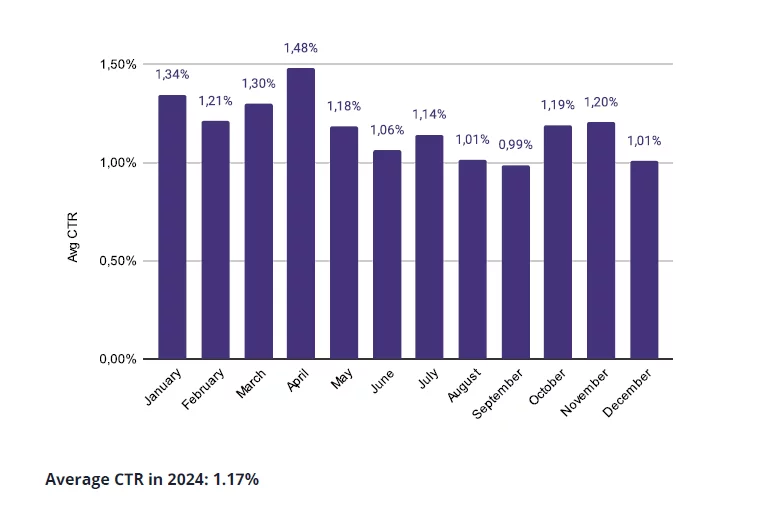
The average CTR in 2024 was around 1.17%.
Against this backdrop, the highest CTR results achieved by our clients look even more impressive. The best web push campaigns in 2024 reached between 6.55% and 5.17% CTR.
These are results worth aiming for, especially since they mean more sales, higher engagement, and growing customer loyalty that translate directly into profits. But there are several factors that can stand in the way of such success.
The most common mistakes in web push campaigns
Just like with any other communication channel (newsletters, social media, ads, pop-ups, etc.), developing the right strategy is highly individual. What works for grocery stores rarely works for sellers of luxury accessories.
Still, there are a few general factors that can influence subscriber engagement.
You’re sending too many web push campaigns
Mass push campaigns are the most basic way to use the PushPushGo tool. They’re quick, simple, and effective for reaching your entire subscriber base. Usually, they contain the most general information, which, due to the lack of personalization, might not be very interesting. With too many pushes, users may start seeing them as spam.
In e-commerce, we recommend sending one mass push campaign per week, complemented with targeted campaigns and automation.
What else have we prepared to help businesses control the number of messages they send?
Daily capping allows you to set a maximum number of push notifications from mass, targeted, and automated campaigns.
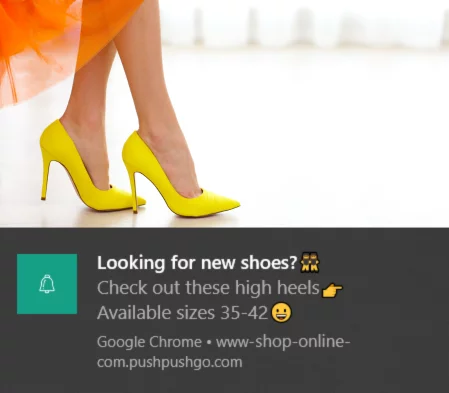
You’re sending too few push campaigns
Yes, that’s possible too. If you limit web push to the bare minimum, the few campaigns you do send might get completely lost. Playing it too safe doesn’t pay off. On top of that, the fewer campaigns you send, the less subscriber and reach data you gather for optimization.
Consistency is key, and the PushPushGo planner makes it easy to create a clear schedule for push notifications, as well as onsite messages and pop-ups.
You’re not using the language of benefits in your pushes
The language of benefits is one of the most important principles in marketing. In short: instead of describing the features of a product, service, or solution, you highlight the benefits the customer will gain from them.
When creating your messages, follow this scheme:
Features – What is it?
Advantages – How does it work?
Benefits – What does it give the customer?
Of course, web push notifications are short, but you can also add an image to better showcase the real benefit of your offer.
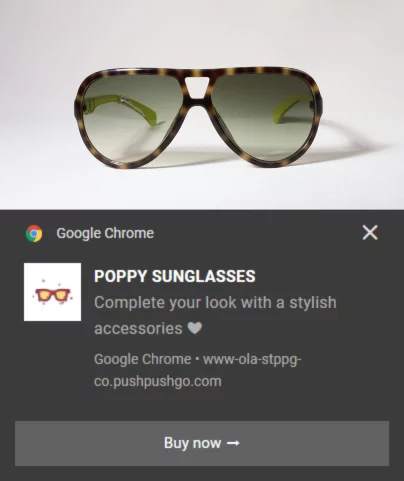
Not sure which message will resonate best? Use A/B testing directly in the PushPushGo app.
You’re not taking advantage of push personalization
Push notifications are not just mass campaigns, which, as we said earlier, can be too generic to catch interest. So how do you build communication based on what you know about your subscribers’ interests?
Push targeting – create separate messages for specific subscriber segments.
Automation – push notifications sent to an individual (anonymous) subscriber based on their actions on your site or in your app. A classic example: cart abandonment reminders.
Transactional notifications – by linking a push subscriber’s ID with CRM data, you can build 1:1 communication tailored to specific customer needs.
Follow-up campaigns – a new PushPushGo feature: send notifications based on a user’s reaction (or lack thereof) to a previously sent push campaign.
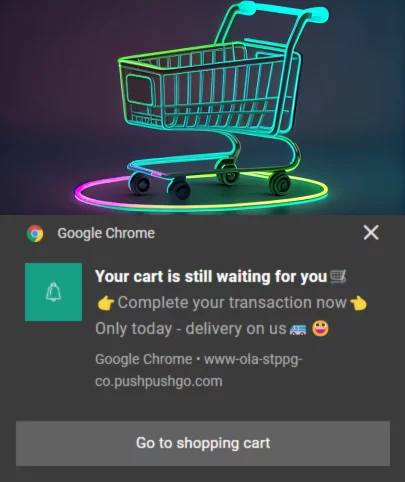
Website changes block your pushes
This issue mainly concerns targeted and automated campaigns. If you change links, site structure, or product pages, you need to make sure subscriber actions still trigger the right events.
If you’re unsure whether your targeting and personalization are set up correctly, get in touch with the PushPushGo Customer Service team.
Small tweaks, big results
The devil’s in the details. Too many pushes? Bad. Too few? Also bad. Add in the language of benefits, personalization, and a few technical nuances, and you’ve got the deciding factors that will determine whether your web push wins customers over - or ends up in the bin of annoyance.
Want to see how your campaigns could perform in practice - risk-free and right away? Reach out to us and try PushPushGo web push with a free trial period. We’ll help you set up campaigns so your CTR finally takes off 🚀

Content Specialist @PushPushGo
Editor and writer. She is interested in media and new technologies.
Try PushPushGo to engage and connect with your audience.
Create an account and start testing!
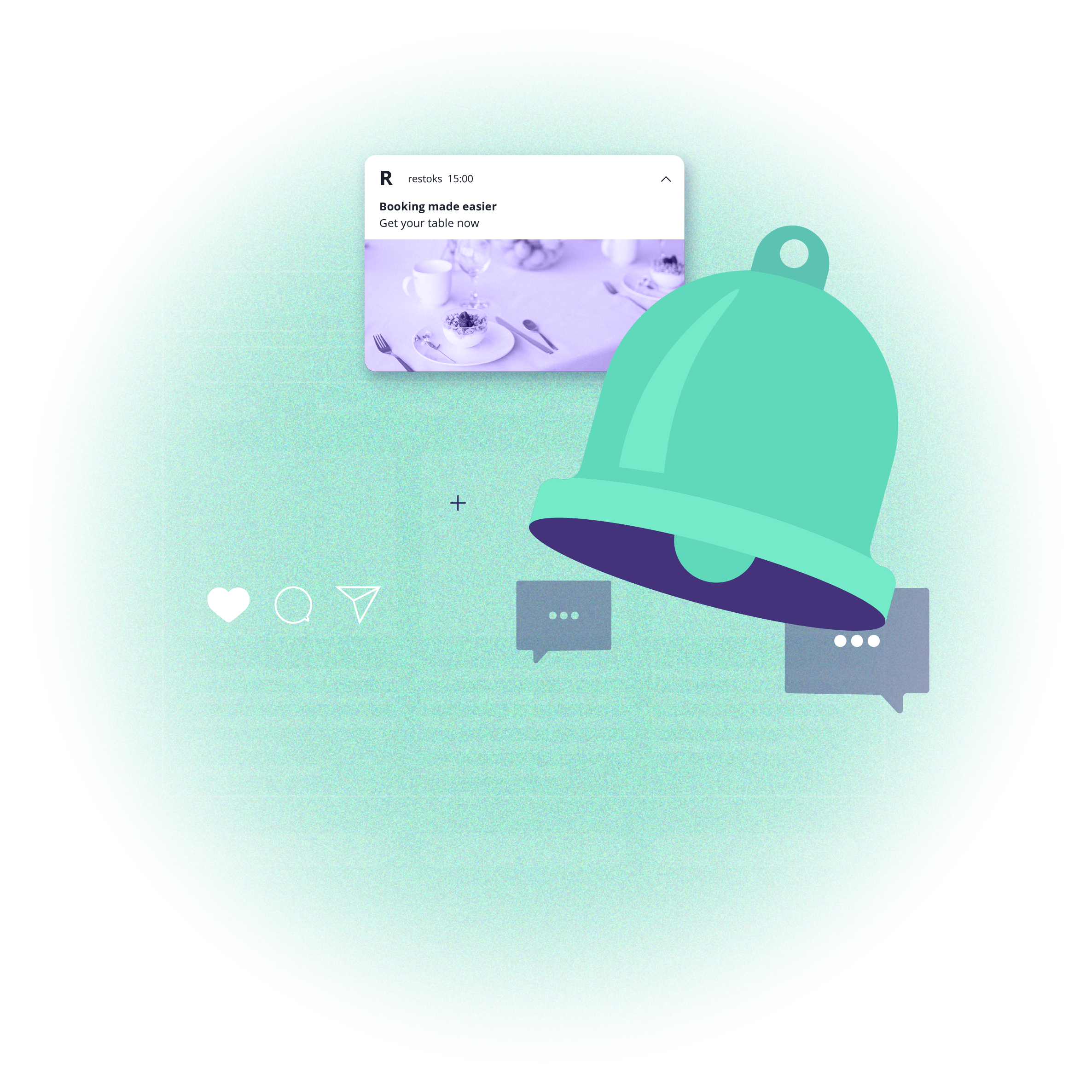
-luov41vyd0.webp)



